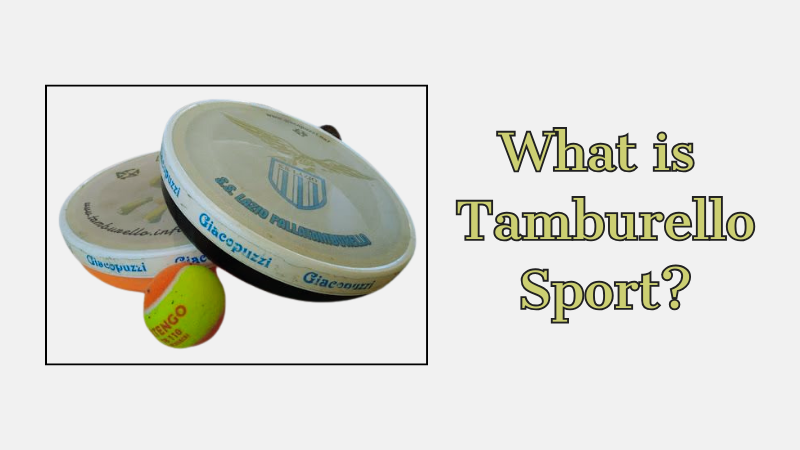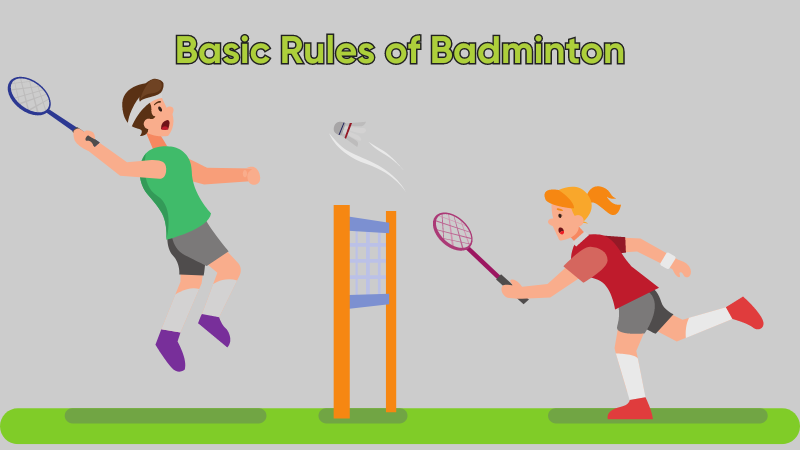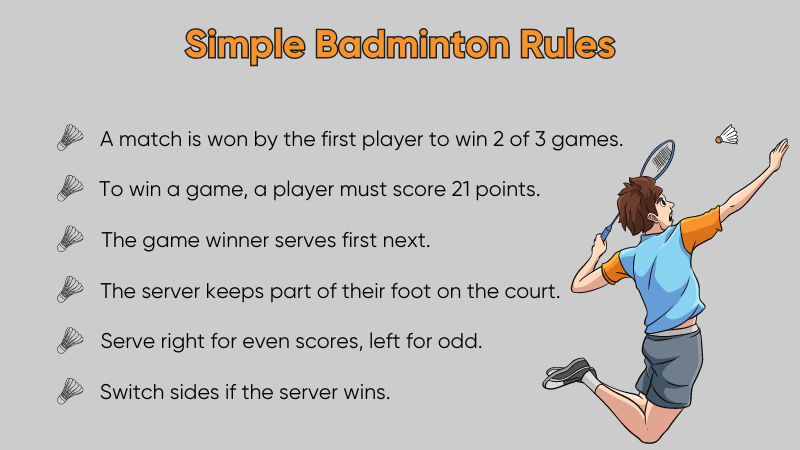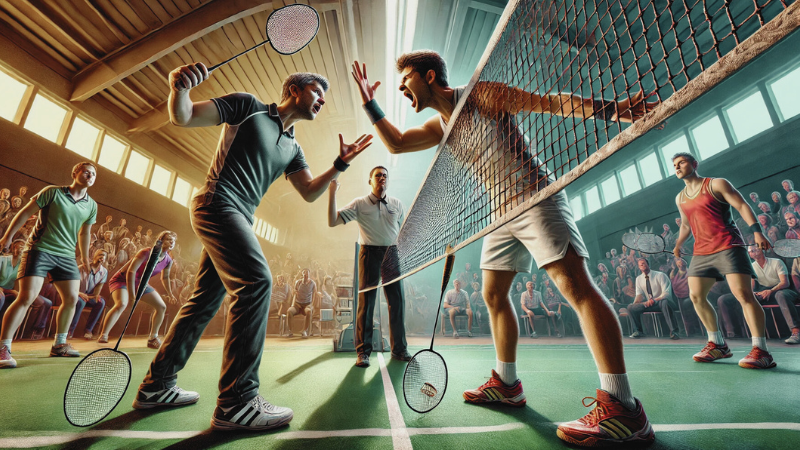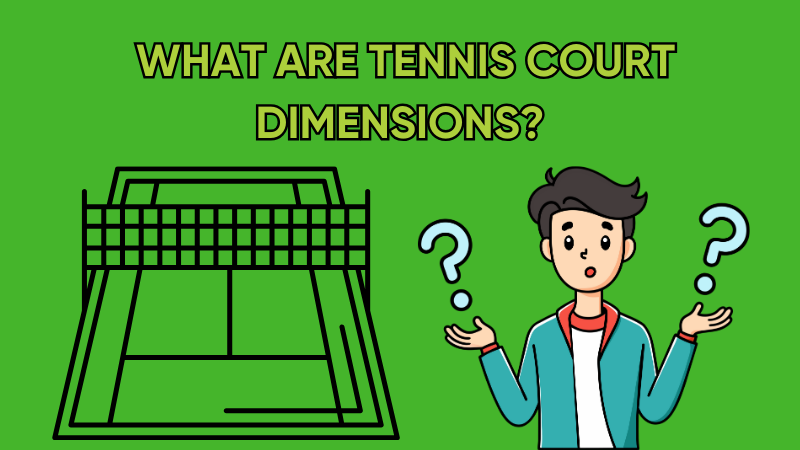Tamburello sport is a fun and fast-paced game from Italy, played with a tambourine-shaped racket. In this article, we explore what Tamburello is, its history, and the basic rules of the game.
What is the Tamburello Game?
Tamburello game is a sport that originated in Italy during the 16th century. It evolved from the ancient Italian game pallone col bracciale. While it shares similarities with tennis, it stands out by using a tambourine-like tool instead of a traditional racket to hit the ball.
Short Tamburello Sport Rules
Teams traditionally play Tamburello in northern Italy. Players enjoy it indoors or outdoors, with three players on each team. Players use tambourines (called Tamburello in Italian) to strike a small tennis-like ball.
The game involves hitting the ball over a dividing line to the opposing team, who must return it before it bounces twice. A player scores points when the opponent misses the ball or hits it out of bounds.
The scoring system is similar to tennis, counting as 15, 30, 40, and game. Matches usually consist of 13 games, making the sport fast-paced and engaging.
Tamburello vs. Tennis: Main Similarities and Differences
| Aspect | Tamburello | Tennis |
| Objective | Players score by hitting the ball, making it hard for the opponent to return. | Same goal—scoring points by returning the ball effectively. |
| Equipment | Played with a tambourine-like tool, a lighter and smaller ball. | Played with a stringed racket and a heavier tennis ball. |
| Court Design | Simple court without a net; size may vary for indoor or outdoor play. | Standard court dimensions with a central net dividing the play area. |
| Gameplay Speed | Faster-paced due to the lighter ball and quick hitting techniques. | Slightly slower with longer rallies, focusing on endurance and power. |
| Formats | Played in singles or doubles. | Played in singles or doubles. |
| Origins | Originated in 16th-century Italy. | Originated in 19th-century England. |
| Scoring System | It’s a simpler, straightforward scoring system. | Unique scoring system (15, 30, 40, game). |
Tambourine – The Unique Tool in Tamburello
The tambourine is both the central piece of equipment in Tamburello and a musical instrument, giving the sport its distinct identity. It consists of a round frame, usually made of plastic or wood, with a stretched polymer fabric surface. This design allows players to strike the ball in creative ways, adding energy and variety to the game.
In Tamburello, the tambourine combines physical skill with the qualities of a musical instrument. This blend makes the game dynamic and adds to its charm.
Where is Tamburello Played?
Below, we explain how to play Tamburello in different settings, from outdoor fields to indoor courts.
Tamburello Outdoor
Teams of five players play this version in open spaces. The field is large, measuring around 90-100 meters long and 45-50 meters wide. It includes two zones: the battuta (serving area) and the rimessa (return area), where players run and strike the ball over the center line.
The rubber ball, larger than a tennis ball, allows for fast and powerful shots, making outdoor Tamburello both exciting and physically demanding.

Tamburello Indoor
Indoor Tamburello is a sport designed for enclosed spaces like sports halls and gymnasiums. The court is smaller than the outdoor version, measuring about 34 meters long and 16 meters wide. Each team has three players, making the game more focused and strategic.
A specially designed ball is used for indoor play. This ball is slower and less bouncy, which reduces the game’s intensity while keeping it exciting. These changes make indoor Tamburello a great choice for beginners and schools, offering a fun and easy way to learn the sport.
Players in over 20 countries enjoy indoor Tamburello today, as its adaptability makes it popular in urban and indoor settings.
Variations of Tamburello Game
Tamburello has several variations that adapt the sport to different settings and play styles.
Tambeach
Players compete in Tambeach on sand courts, which measure 24 by 12 meters, with a 2.15-meter-high net dividing the court.
Players must hit the ball before it touches the ground, making the game fast and physically intense. This version is popular on beaches and shares similarities with beach tennis.
Tambutennis
Tambutennis combines tamburello with tennis-like gameplay. It is played on a court with a central net, and teams usually consist of two players.
A terrycloth ball is used, and players hit it with tambourine-shaped rackets, creating a blend of techniques from both sports.
Tambourelli
Tambourelli, originating in Scotland, is inspired by badminton. Instead of a ball, players use a shuttlecock, and the court is divided by a net.
Tamburello Open
The traditional outdoor version, Tamburello Open, is played on a large rectangular field about 80 by 20 meters. Teams of five players compete, focusing on long rallies and powerful strikes. A rubber ball, larger than a tennis ball, is used, making the game fast-paced.
Physical and Tactical Skills in Tamburello Sport
This section will explore the physical and tactical skills needed to excel in Tamburello.
- Players need stamina to handle the fast-paced action and keep moving throughout the game.
- Reacting swiftly to the ball and making timely decisions are necessary for effective play.
- Good cooperation and clear communication with teammates help create a strong team dynamic.
- Accurate handling of the tambourine and well-thought-out tactical choices can greatly impact the game’s outcome.
- A creative and unexpected playing style keeps opponents guessing and creates opportunities to score.
What is Tamburello Sport – Conclusion
Tamburello is a fast and fun sport from Italy that’s great for anyone who loves active games.It’s easy to learn, so anyone, even beginners, can play. Tamburello game can be played indoors, outdoors, or even on the beach, making it super flexible.
Outdoor matches are more physically demanding, but indoor games are perfect if you’re just starting out or looking for something less intense.
FAQs About Tamburello Game
What is Tamburello?
Tamburello is a sport from Italy that uses a tambourine-shaped racket to hit a ball. It can be played indoors or outdoors and is fast-paced and team-oriented.
Where did Tamburello originate?
Tamburello originated in Italy during the 16th century, evolving from the ancient game pallone col bracciale.
How many players are in a Tamburello team?
In outdoor Tamburello, teams have five players, while indoor teams usually have three players.
What equipment is used in Tamburello sport?
Players use a tambourine-like racket and a small ball, which is similar to a tennis ball but lighter.
Is Tamburello played internationally?
✅ Yes, Tamburello is played in over 20 countries, with indoor, outdoor, and beach variations gaining popularity worldwide.
